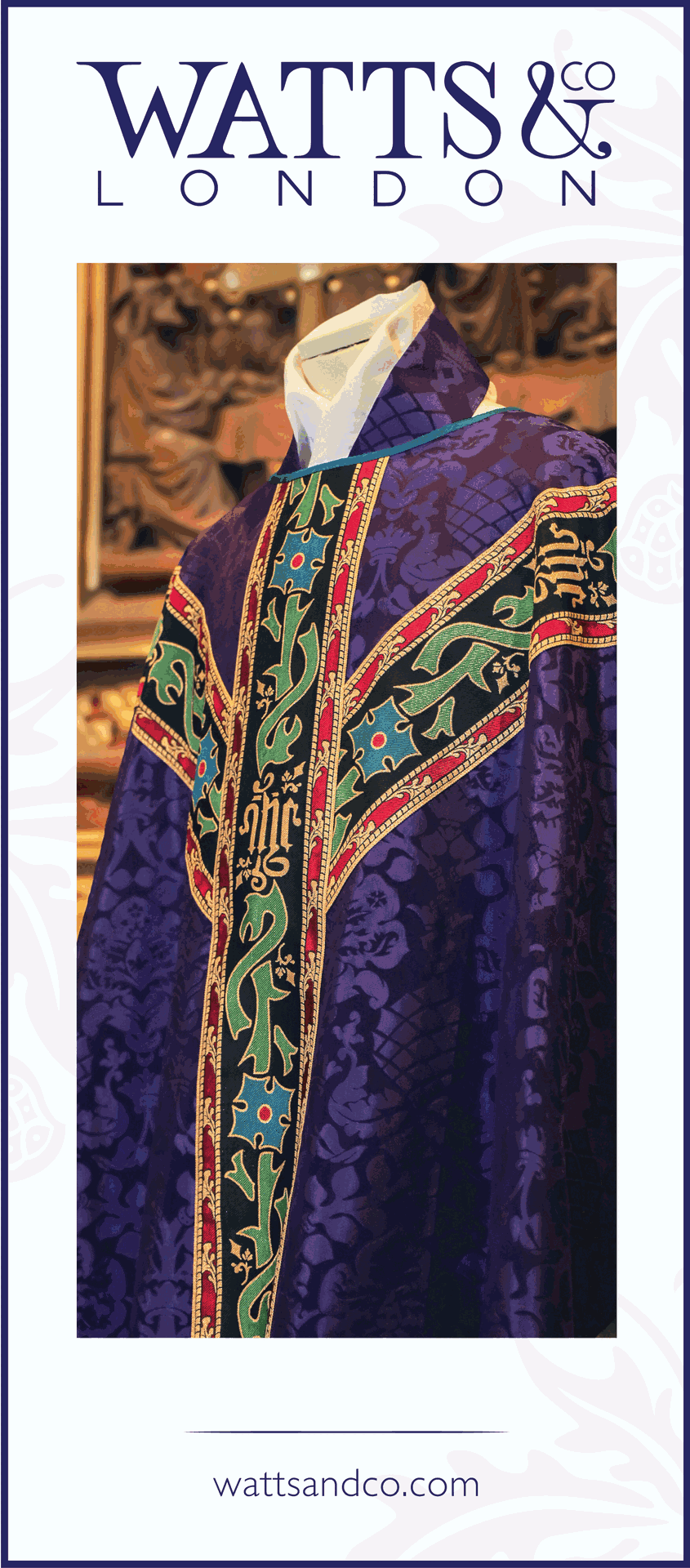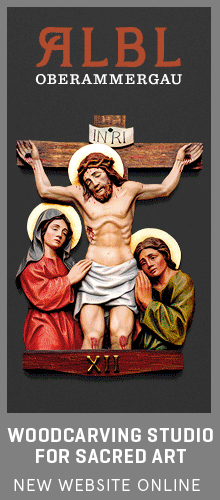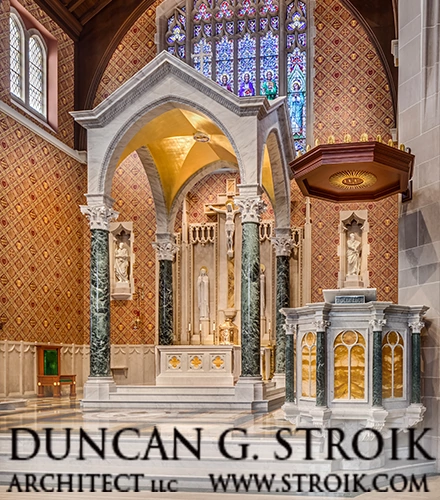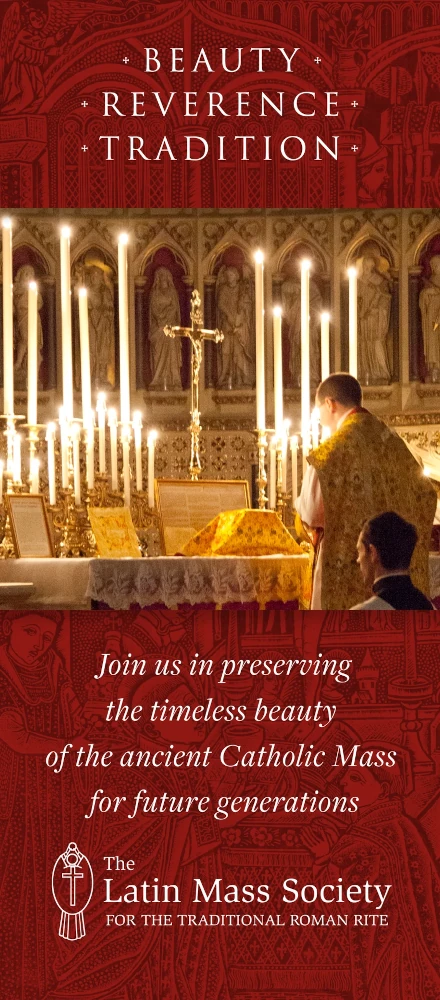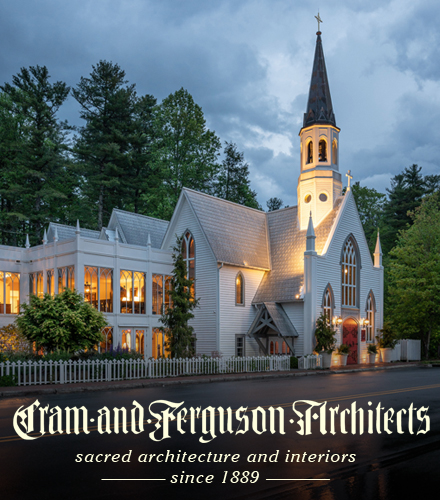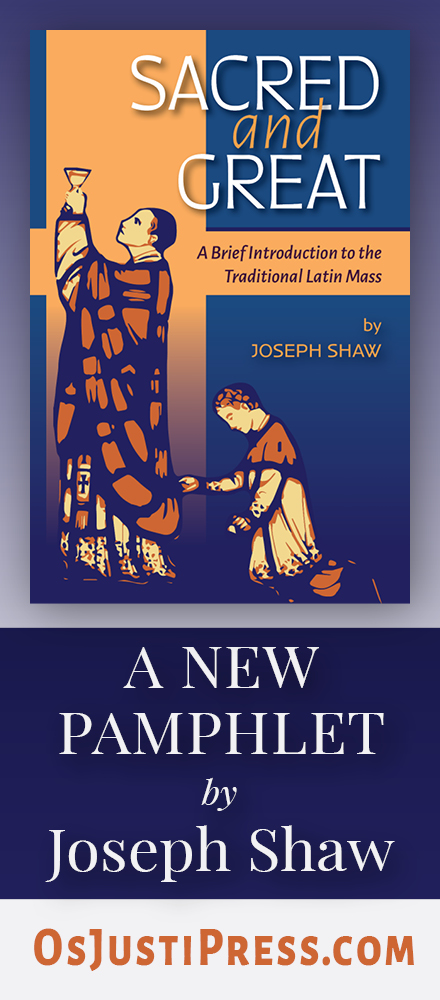Recently I was asked if I might write a piece on the development of Roman vestments. I am most happy to do so, but I will confess, I write on this topic not as one who claims to have any authority in the matter, nor claiming this to be a historical treatise. However, I do intend that it will be based off two works: The Catholic Encyclopedia and an interesting little booklet published by Roman Catholic Books: The Origin and Development of Roman Liturgical Vestments by Raymund James – being 31 pages in length, but filled with interesting information, and some of the most interesting of liturgical photographs, including Pope Pius XI saying Mass in 1930 at the high altar of St. Peter's wearing, wonderfully, a beautiful gothic chasuble, and a few photographs of the vestments used in the Mass on the occasion of the solemn opening of Blackfriars, Oxford, being the sort of design in its outer vestments as well as apparelled albs and amices that one is accustomed to seeing in Anglo-Catholic pictures. If you're interested in this topic, I would recommend you get yourself a copy -- though ardent fans of the more baroque style vestments should be forewarned that James is not a fan of them; still, there is much interesting information.
I. The Early History of the Vestment
First, let us briefly overview the origins of our vestments. In the earliest days of the Church, vestments were essentially better forms of the clothing worn during that time that were set aside for use at the altar. This is, arguably, from whence developed the idea of there being special garments worn during the liturgical rites. As time moved on, and fashions changed, the dress of the priests and clerics of the Church did not and gradually became more and more distinct from secular fashions.
The chasuble developed from a garment that was worn in these early centuries by, at first, non-Roman citizens (who could not legally wear the toga), but which gradually came to also be worn by Roman citizens, and even Roman officials for public occasions. This garment is what became the chasuble, or “casula”, a large garment of conical shape. It reached almost to the feet apparently, and the material was bunched up to the sides to allow the arms to be outside the garment. Readers may already recognize this sort of look in the vestments found in many mediaeval images of priests and bishops, wherein numerous deep folds are visible – moreso than can be seen in our modern, less ample gothic form.
In fact, it was because of the ample nature of this vestment in this earliest of forms, that a custom developed whereby the priest would be helped by other clerics insofar as moving this ample material out of the way in performing the liturgical rites. This is the origin in the liturgy of the deacon and subdeacon holding up the priest's chasuble, such as at the incensation of the altar or at the Elevation: “some means had to be found for giving the celebrant and his assistants more play for their arms. In the case of the celebrant, this was done by the assistance of the deacons, who lifted up the sides of his chasuble whenever necessary.”
James suggests that there were two forms of chasuble from its early civil origins, one hooded and one not hooded. The unhooded variety became what we now know as the chasuble and the hooded variety developed into what we now know as the cope, a liturgical garment based off the same coninical chasuble, but left open at the front, and usable and more practical for outdoor processions and the like.
The alb derived from the Roman tunic, and originally often had some kind of bands of adornment on the cuffs of the sleeves, as well as around the bottom. Besides its function of adornment, this also served to help protect those portions of the tunic which would receive the most wear and tear. This developed into the “appareled alb” with a square piece of brocade at the front and back bottom panels that was used paticularly through the middle ages, and also during the gothic revival and Anglo-Catholic movement within the Anglican communion. Further, one can still see the decorative cuffs worn by priests of the Byzantine rite.
(An example of the apparelled alb and amice)
(Another example from 19th century England and the Anglo-Catholic Sarum Revival)
(An example of an early form of the alb with the decorated bottom and cuffs)
Originally the stole was apparently a sort of face towel, originally named the orarium. Deacons wore it over the left shoulder, outside the dalmatic, thus being ready to use – this is still the custom in the Byzantine rite. Eventually this practical use faded and it became more or less ceremonial, being attached on the right to prevent it from slipping off. By the 8th century in Rome, it was worn underneath the dalmatic instead of over top of it. At a certain point, the stole, as it came to be known, was worn by bishops, priests and deacons. In fact, during the year 675 at a council in Braga, the Spanish bishops then ordered that the priest should wear the stole around his neck, and crossed on his breast – as was the custom with all clergy up until recent times, and as continues to be the custom in classical Roman rite communities and liturgies.
The maniple was a sort of napkin rather like a large purificator carried on the arm, originally being made of linen and carried in the hand. (San Clemente in Rome has a fresco of the maniple as held in the hand. I was unable to find it for demonstrative purposes online.) It retained its practical function longer, after the stole's own practical function became ornamental. James notes: “A relic of the practical origin of the maniple is to be found in the custom of only wearing it at the altar itself, or in the ceremonies directly concerned with the Mass, for here originally would be its only sphere of usefulness, in wiping the vessels and the celebrant's and minister's hands or mouths.”
With regard to the amice, it is one of the last of the liturgical garments to be introduced, originally for the practical reason of protecting the other vestments from sweat and the like, but which also eventually came to be used to cover the head until the biretta took this function. At the point they took on this higher function, they also came to be ornamented, and take the look of an ornate “collar” when not worn over the head. (See alb pictures above. Also see here.)
Finally, in our historical overview, a quick word about the colours of liturgical vestments. It was under Pope Innocent III at the end of the 12th century that the present cycle of liturgical colours we are accustomed to in the Latin rite came became officiaized. Prior to that there was the distinction of light and dark vestments – light, or white as in the case of the Roman festal colour, for festal occasions, and dark for more pentitential occasions. This more basic usage of light and dark is still seen in the Eastern rites to this day.
In part II, we will examine the various forms and development of the chasuble particularly, and possibly a bit more on the variation on liturgical colours.

